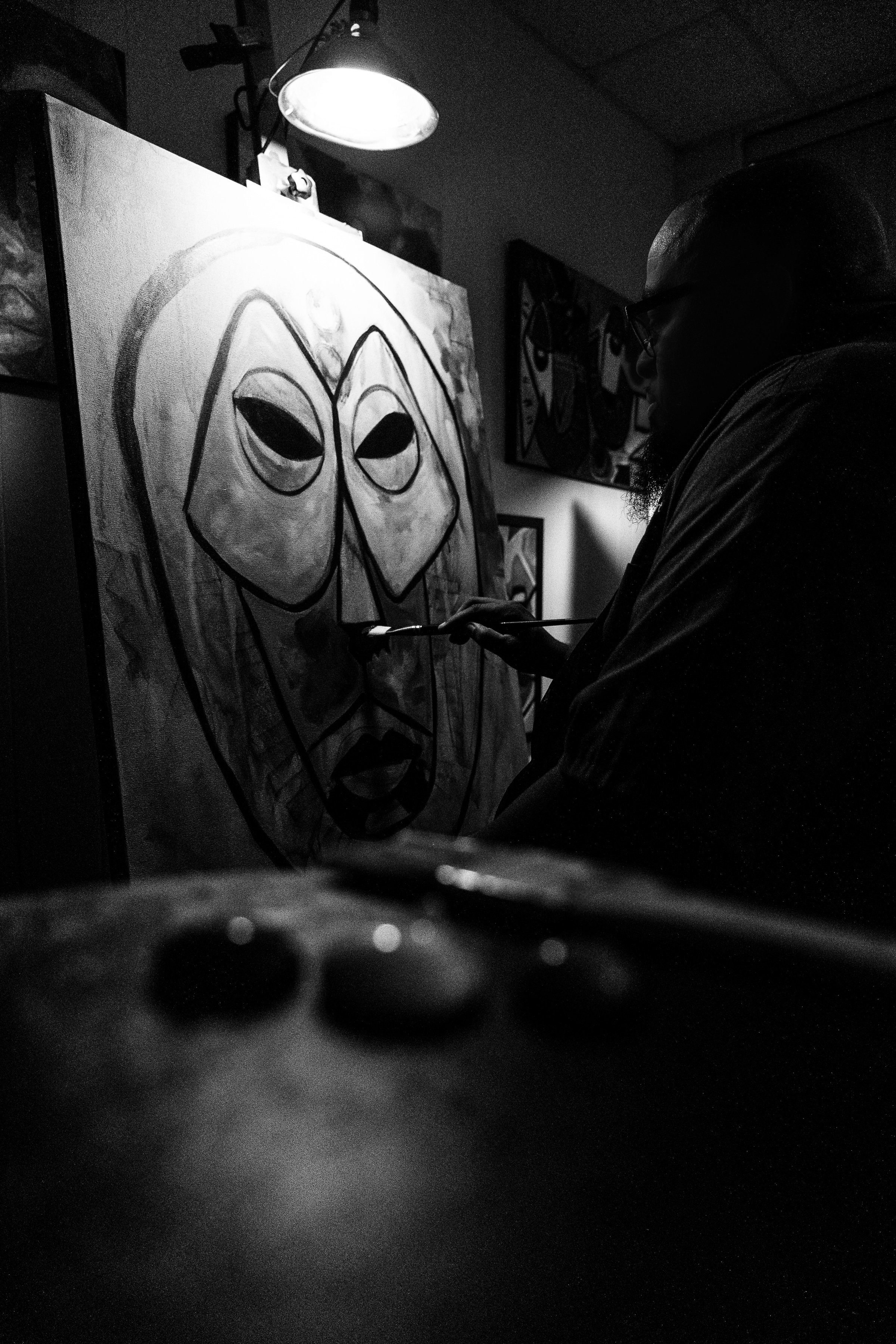
Blog
“There were moments that I would learn and feel so fulfilled from uncovering these histories that it literally felt like a family reunion.”
—Y. Shabazz
Henry Ossawa Tanner (1859-1937)
There was one instance where he was tied to his easel and left in the road in front of the school, and we can be confident that there were countless other humiliating experiences. Despite the racialized abuse that he would face, Henry O Tanner would rise above the fray and hone his painting ability becoming, well known for his ability to illustrate biblical scenes dramatically, and his deep-rooted spirituality was reflected in his works.
Black Art & The Black American Experience
Writers like J.A. Rogers, W.E.B. Dubois, Alain Locke, and others were on the front lines of defining what they then called the “New Negro” and what the ways in which art would be propagandized to ensure that a respected place in world history is secured for future generations to enjoy. In 1934 Aaron Douglas would paint a series of murals on a panel entitled, “Aspects of Negro Life”. These panels would illustrate the many ways that life would change for Africans in the diaspora, and provide a visual timeline beginning with the horrific moments leading up to the middle passage, and culminating with scenes in the then-modern world of the 1930s.
Holding on to tradition with both hands: A labor of love
Through my years of study I would develop a love for these artists and from that love grew a strong connection to the living artists around me today. Studying those histories will make clear to today’s artist that they are a part of a long lineage of creatives that bring an undeniably unique aesthetic to the world that we live in.



